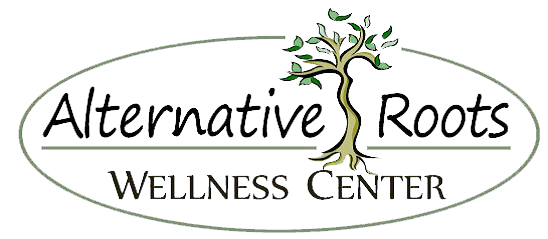Warming Up And Cooling Down During Your Exercise Routine
This is the time of year that most people start some sort of exercise routine. Whether it is at home or in the gym remember to always add in a warm up and cool down session.
It can seem convenient to omit these steps because they add to your overall time. However, including them will save you time and money in the long run by reducing injury risks and decreasing recovery time if you do get hurt.
To start out with, you should get your heart rate up and get your arms and legs moving. The best activity for this is jumping jacks. You can make this a low impact activity by removing the jump and just going from a narrow to wide stance with your arms at your side and above your head, respectively. Try to do this for 1 to 2 minutes or to tolerance.
Each exercise routine should be paired with specific stretches to prevent injuries to the muscles that will be doing the work. These stretches are the most overlooked aspect of a fitness program. They should be done after the warm up routine and as a cool down at the end of the workout to maintain and increase flexibility.
Here are a couple of stretches that are good for most exercise activities:
Psoas Stretch:
Kneeling on one knee, lunge forward on the other knee. Make sure that you are not twisting and that you don't feel any tension in your spine. Tighten your abs (stomach muscles) and glutes (butt muscles) to feel an increase in the stretch. Hold this position for 10 seconds and return to a seated position. Repeat this 3-5 times on each leg.
Towel/Broom Stretch:
Using a towel or broom reach above your head and dangle it behind your back. With the other hand reach down and behind your back to grab the towel or broom. With your top hand gently pull up to help stretch your lower arm further up your back. Then with the bottom hand pull down to bring the top arm further down the back. Make sure that the palm of your top hand faces forward and the palm of your lower hand faces backward. This can be a great stretch to loosen the rotator cuff muscles and the shoulder capsule.
Feeling mild discomfort during these activities is okay, but you should never feel pain or have the discomfort linger. Please check with your doctor before starting any new routines—especially if you have been inactive for awhile. Also consider working with a personal trainer to help you reach your goals.

